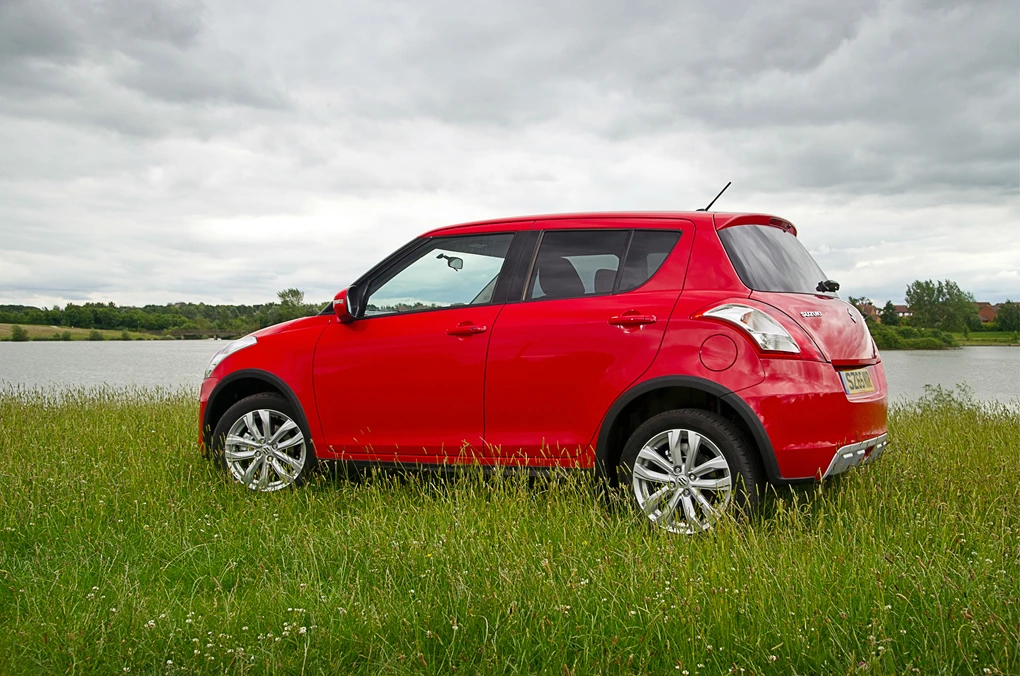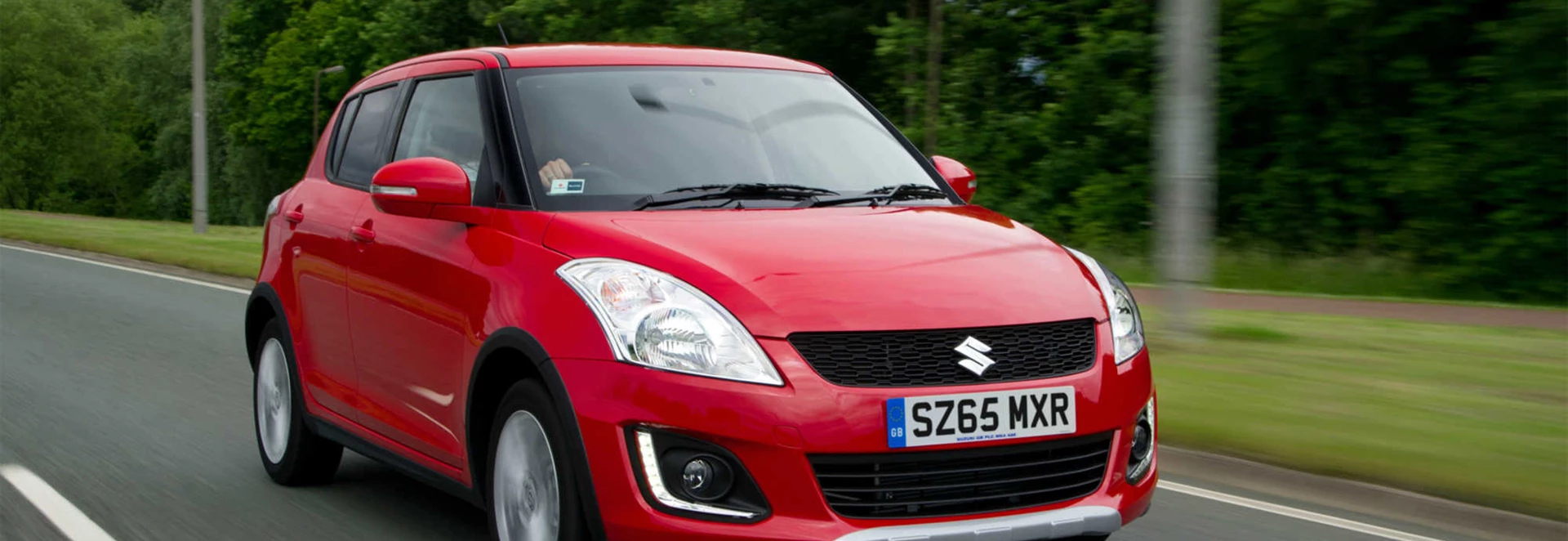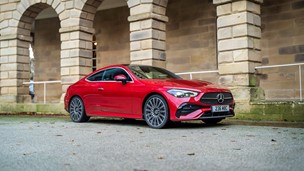The Swift supermini has earned a reputation over the years for both for its affordability and surprisingly sporty character. It has never really been a front-runner against the likes of the Ford Fiesta, but it has always been a cheeky alternative to the mainstream bunch. But what about the 4x4 model?
Like the Swift Sport, the 4x4 model aims to broaden the appeal of the Swift range, giving those who need extra grip and composure, something to ponder. But with a 4x4 badge comes inevitable competition from well-established models like the Fiat Panda 4x4.
The Swift 4x4 has some beefed-up exterior details to go with its name, including front and rear skid plates as well as extended wheel arches and side skirts. But does the Swift 4x4 have enough clout to stand up to other four-wheel-drive, supermini-sized competition?
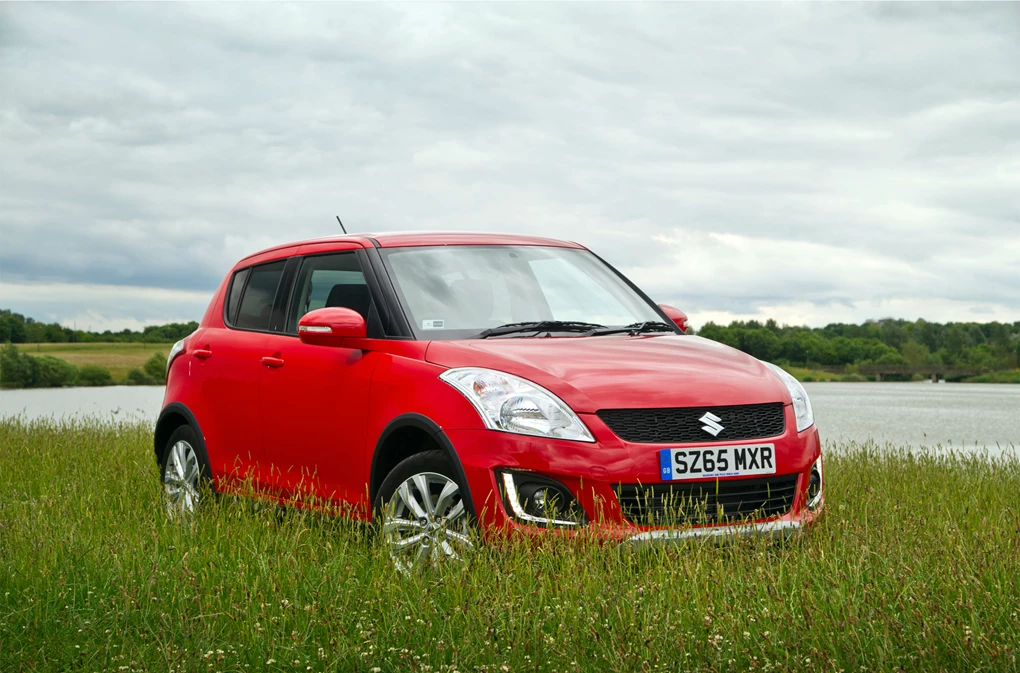
Performance
There are two 1.2-litre petrol engines to choose from in the 4x4 model. The first is a 93bhp 1.2-litre petrol - the other being a 1.2-litre Dualjet unit offering 89bhp. The key difference between these two engines is fuel economy and CO2 emissions.
Apart from that, performance of the two engines feels almost identical, which means both offer enough power for A to B driving but lack necessary surplus power when overtaking on the motorway. Both engines offer sprint times between 12 and 13.5 seconds and the five-speed manual gearbox offered is sharp and responsive, allowing you to shift up and down the gears with speed and precision.
In fairness, those who are after a supermini will probably be happy with the performance, although a turbo version of the 1.2-litre wouldn’t go a miss, especially with the growing three-cylinder turbo competition from the likes of Ford and Vauxhall.
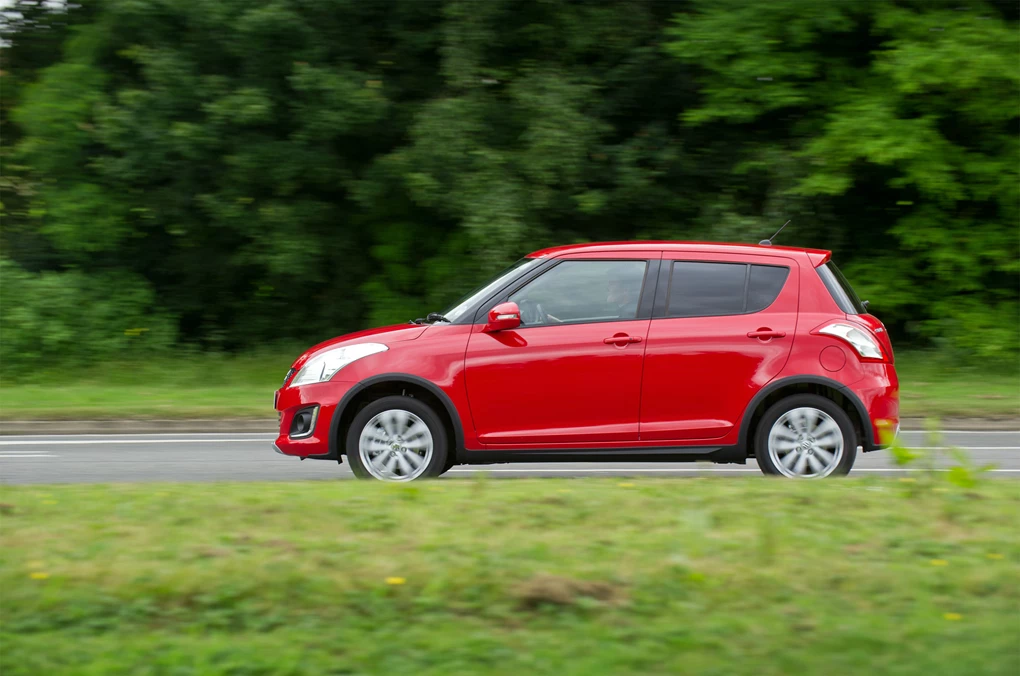
Ride and Handling
However, by directing up to 50 per cent of power to the rear wheels, the 4x4 system effectively broadens the threshold for how far it can be pushed, giving it extra prowess in the bends.
First, the positives. The 4x4 system gives the Swift greater grip in the corners and on slippery surfaces. If anyone has driven the standard Swift before then they will know of the Swift’s limits in the corners. However, by directing up to 50 per cent of power to the rear wheels, the 4x4 system effectively broadens the threshold for how far it can be pushed, giving it extra prowess in the bends. The downside of the 4x4 however is that the steering doesn’t feel quite as sharp as it does in other Swift derivatives and feels overtly light, ultimately taking away from what makes the Swift appealing in the first place. So, better grip but lesser steering. Refinement lacks a little as well, especially at higher speeds as you get wind whistle coming from the A pillar. The suspension is nice and supple though and will keep you happy in the city or on urban roads.
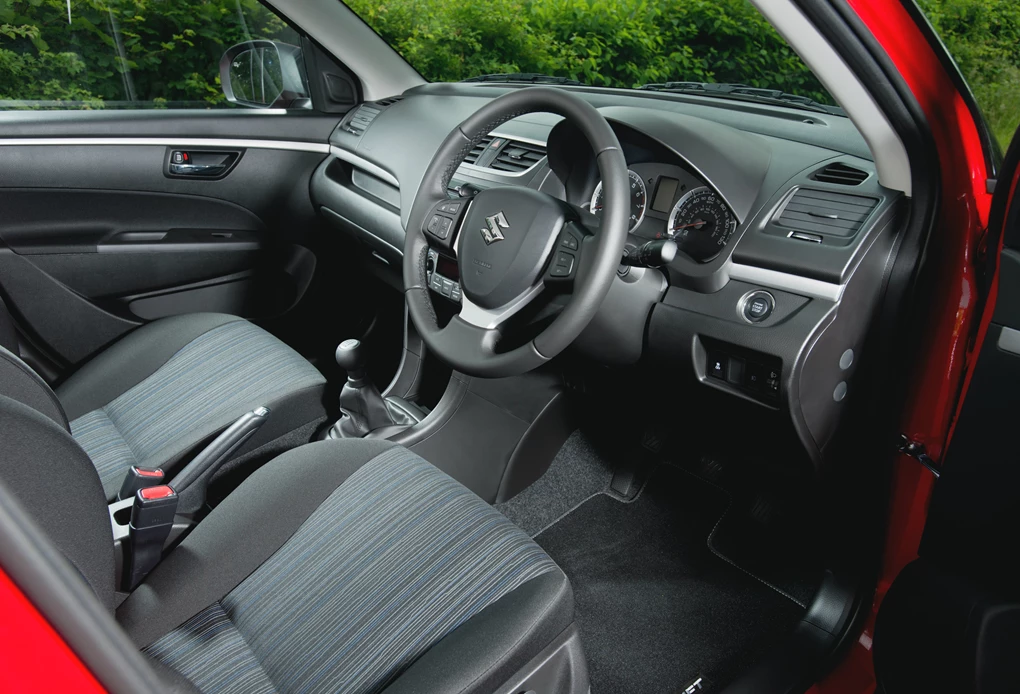
Interior and Equipment
Back in 2009, Suzuki revealed a Plug-in Hybrid version of its Swift supermini at the Tokyo Motor Show.
The interior of the 4x4 model offers the same basic, stripped back appeal as the rest of the Swift models. That means scratchy plastics are aplenty and there is a certain lack of flair that you get in the likes of the Peugeot 208 or Hyundai i20. Although it may not look the part, the Swift is still very functional, with easy to figure out, well-positioned controls. Even the outdated-looking sat-nav does the job and is simplistic to use. Standard kit brings some key safety and convenience features like an Electronic Stability Programme, seven airbags, electric door mirrors and electric front windows. You will have to climb to the SZ3 trim if you want air-conditioning. The SZ4 trim we had on test brought sat-nav, cruise control, Bluetooth and auto headlights. The boot is a little disappointing with 211 litres – a fair bit behind the supermini average of around 285 litres. It is still big enough for a few shopping bags though. Space for rear passengers is fair, with enough head and leg room to keep two comfortable, with three rear passengers being a bit of a push.
Cost
Those who are after low running costs though will want the Dualjet engine, which costs an additional £600 over the entry-level 4x4 model.
Prices for the 4x4 model start from £12,099, which is around £3,000 more expensive than the standard model. That means the 4x4 model is more expensive than standard Peugeot 208 and Ford Fiesta models. It is however considerably cheaper than the Fiat Panda 4x4. Those who are after low running costs though will want the Dualjet engine, which costs an additional £600 over the entry-level 4x4 model. This engine emits 111g/km of CO2 and claims an average of almost 60mpg. Although those figures represent an improvement over the standard 1.2-litre petrol, they are still behind competitors’ figures.
Our Verdict
When it comes to value for money, the 4x4 doesn’t offer the same level of attractiveness as the standard Swift or Swift Sport. Although it offers slightly better grip and composure in adverse/testing conditions, it fails to deliver the same character – and above all, it will cost you as well. Remove it from the Swift line-up though and it is an impressive car, albeit lacking the true 4x4 finesse of something like the Panda 4x4. Someone after a Swift with greater capability in slippery conditions will be happy as Larry with the 4x4, but those who want a 4x4 that mimics the character and affordability of the standard Swift may be a little disappointed.
